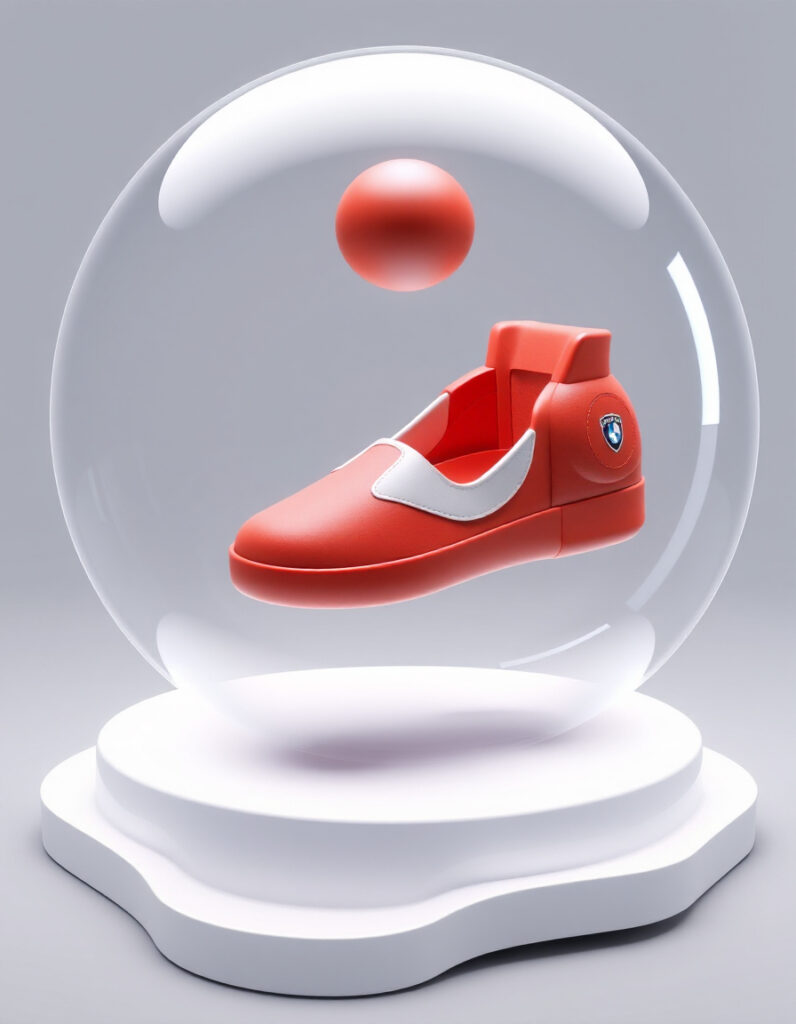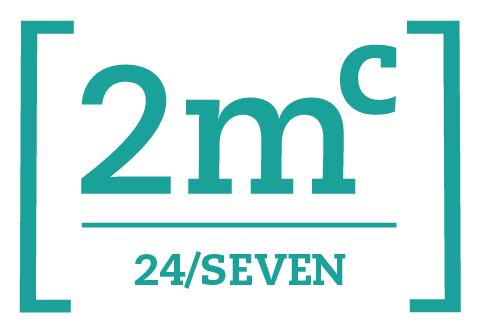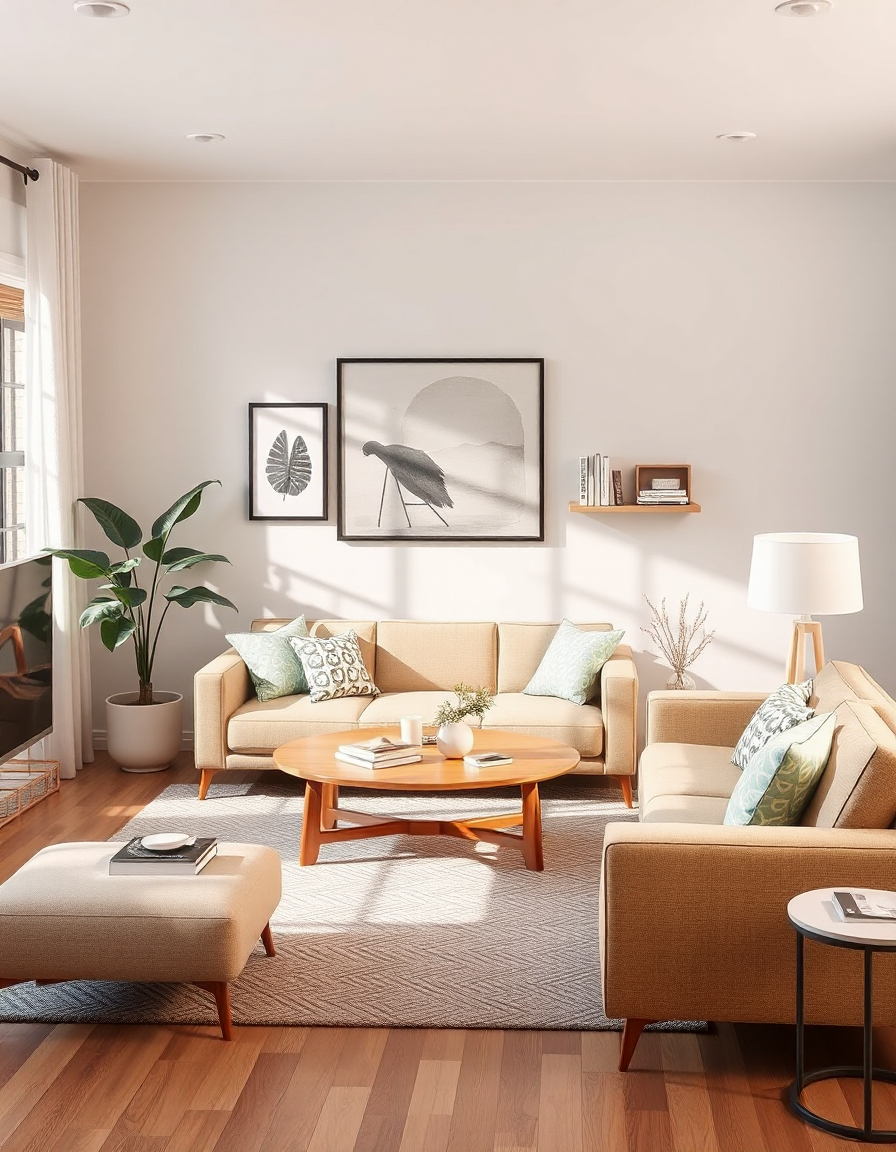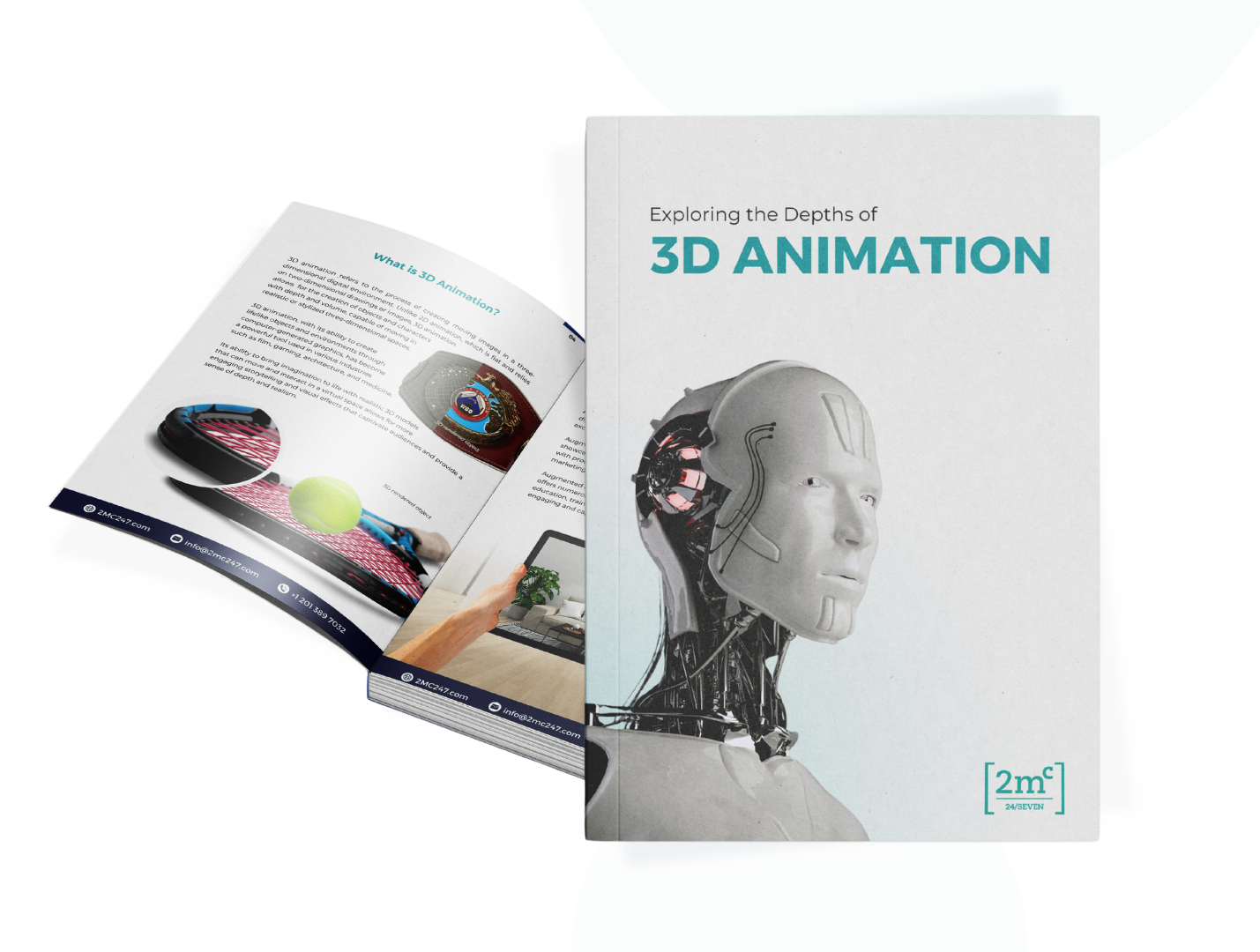The furniture manufacturing industry is experiencing a transformative shift toward sustainability and efficiency. One of the key drivers of this change is the adoption of virtual prototyping through 3D modeling. By utilizing digital prototypes instead of physical ones, manufacturers can significantly reduce material waste, lower production costs, and accelerate the design process—all while delivering high-quality products to the market.
The Concept of Virtual Prototyping
Virtual prototyping involves creating detailed digital models of furniture designs using advanced 3D modeling software. These virtual models can be tested, modified, and optimized without the need to produce physical prototypes at each iteration. This digital approach allows designers to explore various design possibilities, assess functionality, and identify potential issues early in the development process.
Advantages of Virtual Prototyping:
- Material Savings: Eliminates the need for multiple physical prototypes, conserving raw materials.
- Cost Reduction: Decreases expenses associated with manufacturing, labor, and material procurement.
- Time Efficiency: Speeds up the design cycle by enabling quick adjustments and refinements.
- Enhanced Collaboration: Facilitates better communication among designers, engineers, and stakeholders through shared digital models.
Environmental Impact and Sustainability
Reducing waste is not only economically beneficial but also environmentally responsible. The traditional prototyping process often results in discarded materials and excess inventory. Virtual prototyping addresses these concerns by minimizing physical waste and promoting sustainable practices within the industry.
Environmental Benefits:
- Lower Carbon Footprint: Decreases energy consumption and emissions associated with manufacturing and transporting prototypes.
- Waste Minimization: Reduces landfill waste by limiting the production of disposable prototypes.
- Resource Conservation: Preserves natural resources by decreasing the demand for raw materials.
Technological Tools Enabling Virtual Prototyping
Advancements in technology have made virtual prototyping more accessible and effective. High-resolution 3D modeling software and simulation tools allow designers to create realistic and functional digital representations of their products.
Key Technologies:
- 3D Modeling Software: Applications like Autodesk Inventor, SolidWorks, and Blender enable detailed and precise design work.
- Simulation and Testing: Virtual simulations assess factors such as structural integrity, ergonomics, and material performance.
- Augmented Reality (AR) and Virtual Reality (VR): These technologies offer immersive experiences for evaluating designs in a virtual space.
Overcoming Industry Challenges
While virtual prototyping offers numerous benefits, some manufacturers face hurdles in implementing this approach. Challenges may include the initial investment in technology, training personnel, and integrating new processes into established workflows.
Strategies for Implementation:
- Incremental Adoption: Start with a pilot project to demonstrate the effectiveness of virtual prototyping.
- Training and Development: Invest in skill development for designers and engineers to maximize the use of new tools.
- Collaboration with Experts: Partner with specialized companies to gain access to expertise and resources.
Enhancing Consumer Engagement
Providing consumers with downloadable 3D models enhances their shopping experience. It allows customers to visualize how furniture will look and fit in their spaces, leading to more informed purchasing decisions and increased satisfaction.
Consumer Advantages:
- Personalization: Enables customization of designs to meet individual preferences.
- Visualization: Offers a realistic preview of products in the consumer’s own environment using AR applications.
- Confidence in Purchases: Reduces uncertainty and returns by providing detailed product information.
Maximizing ROI Through Virtual Prototyping
Adopting virtual prototyping can lead to a significant return on investment. By streamlining the design process and reducing waste, manufacturers can lower operational costs and increase profitability.
Factors Contributing to ROI:
- Efficiency Gains: Faster development cycles lead to quicker time-to-market.
- Cost Savings: Reduction in material and production costs improves profit margins.
- Competitive Advantage: Innovation and sustainability can differentiate a brand in the marketplace.
2MC 24/7: Empowering the Furniture Industry
To fully leverage the benefits of virtual prototyping, partnering with experts in 3D visualization is crucial. 2MC 24/7 specializes in creating precise and detailed 3D models that are essential for successful virtual prototyping.
Our Contributions:
- High-Quality Models: We produce accurate digital representations that facilitate effective design and testing.
- Customization Support: Our models are adaptable, allowing for easy modifications to meet specific requirements.
- Consumer Engagement Tools: We help create downloadable models that enhance the customer experience and drive sales.
- Increased ROI: By improving the design process and consumer interaction, we contribute to a higher return on investment for manufacturers.
The Future of Furniture Manufacturing
The integration of virtual prototyping is paving the way for a more sustainable and efficient future in furniture manufacturing. As technology continues to evolve, we can expect even greater advancements that will further reduce waste and enhance design capabilities.
Emerging Trends:
- Artificial Intelligence (AI): AI-driven tools will offer predictive analytics and optimization in design processes.
- Internet of Things (IoT): Smart furniture designs will integrate technology for enhanced functionality.
- Global Collaboration: Cloud-based platforms will enable seamless collaboration across international teams.
Conclusion
Virtual prototyping represents a significant step forward in reducing waste within the furniture manufacturing industry. By embracing digital design and testing, manufacturers can create innovative products more efficiently and sustainably. This approach not only benefits the environment but also enhances the bottom line through cost savings and increased consumer satisfaction.
2MC 24/7 is committed to supporting this transition by providing the expertise and resources needed to succeed in virtual prototyping. Together, we can shape a future where efficiency and sustainability go hand in hand, delivering exceptional value to both manufacturers and consumers.






